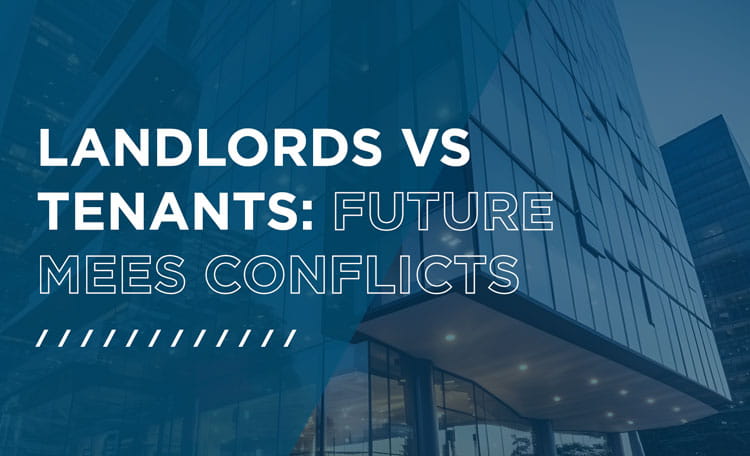- Relocating London businesses are moving further than at any stage over the last six years - on average 1.23 miles
- More than half (57%) of all movers opted to relocate to a different submarket
- West to East London migration prevails with 40 eastward moves
- Submarket ‘winners’ coinciding with development
- 2.1 million sq ft of additional office space acquired
The geographic bias of London’s corporate occupiers has significantly diminished in recent years according to new research from Cushman & Wakefield, with over half of occupiers (57%) moving some, or all, of their operations out of their existing submarket in 2018 and increasingly further afield.
In “Movers & Shakers | 2019” Cushman & Wakefield has analysed the migration patterns behind thousands of leasing transactions above 10,000 sq ft across the capital since 2013 and recent (2018) patterns show that the movement between markets is becoming more fluid. This has continued into 2019 with the European Bank for Reconstruction and Development (EBRD) agreeing to move its headquarters from the City to Canary Wharf and Global Brands who will relocate to White City from Marylebone.
Hayley Armstrong, Senior Insight Analyst, UK Research & Insight London at Cushman & Wakefield, said: “With the role of real estate becoming a key tool in forming corporate identity and managing talent retention, modern businesses are brushing aside the notion of traditional boundaries. Instead, they are moving further afield to secure the right space that meets their requirements and reflects their brand. The average distance moved by companies is now at a six-year high of 1.23 miles and is predominately eastward towards the City.”
Mayfair, North Oxford Street and St James’s witnessed the greatest net migration of occupiers in 2018 losing 12, 6 and 4 occupiers respectively. City Core experienced the greatest net positive balance, gaining 32 occupiers. City Core occupiers also demonstrated the greatest loyalty to their submarket, with 53 out of 114 (46%) of transactions originating from companies already located in the City.
“While recent availability in the City Core and its surrounding submarkets has resulted in a significant inflow of occupiers, conversely, an enduring lack of stock in the West End office market is triggering a notable migration out of the area. This outward migration has been further compounded by its traditional occupiers – from public & government, retail and media sectors – being amongst the most footloose in London and are prepared to consider London as one whole market to explore,” added Alistair Brown, Head of London Markets at Cushman & Wakefield.
Increasing fluidity between submarkets as occupiers prioritise product and amenity over traditional location has seen areas such as White City and Paddington prove the adage – “if you build it, they will come”. An increase in development completions in 2018 has coincided with positive net migration of 8 and 6 new occupiers, respectively. Cushman & Wakefield forecasts that the record take-up levels that followed the delivery of new quality space in these submarkets could further encourage developers to seek out other emerging locations further afield such as West London, Southbank and Vauxhall, Nine Elms and Battersea. At the same time, the homogenisation of rents in the current fringe submarkets could see occupiers increase their search perimeter in search of value.
Despite the continued uncertainty surrounding the UK’s position on Brexit, the acquisition of overflow space or expansion space continued to accelerate in 2018, with an estimated 2.1 million sq ft of extra space acquired (24% growth year-on-year). This has been driven by the tech sector which acquired an additional 1.1 million sq ft of office space and is a trend that is expected to persist as the capital continues to attract significant scaleup investment. The professional services sector accounted for a further 293,000 sq ft of additional space, a 64% year-on-year growth. Flexible workplace operators and educational & medical users also expanded their footprint 2% and 17% respectively.
“The media and technology sectors should be a key driver in the London leasing market and will continue to fuel the migration and fluidity between London submarkets as they seek out places and buildings that support their need to attract and retain the best talent.” Concluded Brown.










